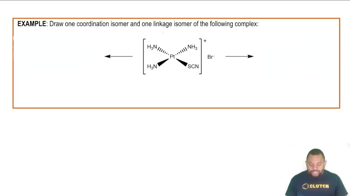Here are the essential concepts you must grasp in order to answer the question correctly.
Aldoses
Aldoses are a type of monosaccharide characterized by the presence of an aldehyde group (-CHO) at one end of the molecule. This functional group is formed when the carbonyl carbon is bonded to a hydrogen atom and an alkyl or aryl group. Common examples of aldoses include glucose and galactose, which play crucial roles in energy metabolism.
Ketoses
Ketoses are another category of monosaccharides that contain a ketone group (C=O) within the carbon chain, rather than at the end. This means that the carbonyl carbon is bonded to two other carbon atoms. Fructose is a well-known example of a ketose, and it is important in various metabolic pathways, including glycolysis.
Structural Isomerism
Structural isomerism refers to the phenomenon where compounds have the same molecular formula but differ in the arrangement of atoms. In the case of aldoses and ketoses, both types of sugars share the same empirical formula (C_nH_(2n)O_n) but differ in the position of the carbonyl group, leading to distinct chemical properties and biological functions.
Recommended video:
Isomerism in Coordination Complexes Example
 Verified step by step guidance
Verified step by step guidance